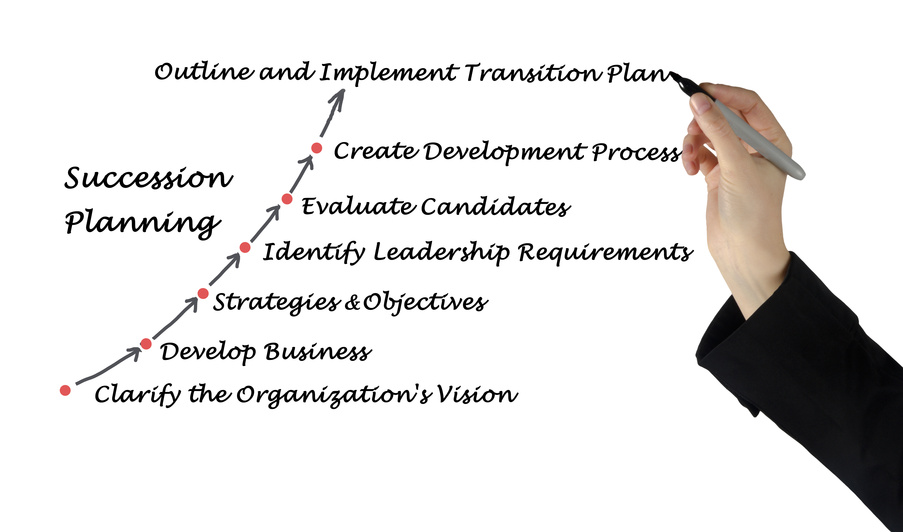In the first of a 3 part series of blogs on succession planning we explore what this is and outline the process required to be effective.
In these days of uncertainty in the job market and the rapid speed of change within organisations, it could be argued that it is difficult to make long-term plans for the development of individuals to fill key roles. After all, the roles you have now might not exist by the time the employee has gained the capability to fulfil the requirements of the position! However, effective succession planning is critical for all organisations to ensure continuity, not just in key roles but throughout the organisation, to cover unplanned events such as resignations, retirements, maternity leave, long-term sickness and other factors beyond your control.
What is succession planning?
Whilst traditionally succession planning has concentrated on the development of employees to fill key (usually the more senior) roles, it is important also to have clear development paths for other employees, in order that they can grow within the organisation and remain motivated. Through a clearly defined performance management programme and appraisal system, an employee’s strengths and weaknesses can be identified as well as his/her career aspirations and constraints to progression. For example, an employee may not want the stresses of senior management (promotion upwards being the more traditional route), but may wish to take a lateral move into a role that suits his/her capabilities and interests.
Succession planning/management is not something that happens overnight. An effective succession management programme takes the commitment of senior management to spend the time analysing the organisation, its future direction, the roles that may be required and the types of employee the organisation wishes to recruit and retain.
The process
For succession planning to be effective, there has to be a clear process. Taking the following steps will enable you to identify the potential of individual employees as well as their capability of filling key roles in the future:
- Align your succession planning and management development processes with the strategic direction of the organisation and long-term business plan.
- Identify the key roles within the business and have defined competency frameworks for each position. These do not need to be prescriptive but should indicate the main competences an employee needs to fulfil the role.
- Understand the threats to the organisation and make contingency plans, eg should a key individual be unavailable to work. What is the likelihood of a key employee retiring in the near future or possibly moving on?
- Recruit people who have the potential to grow, not just into key roles, but who will develop within the organisation.
- Develop these potential successors over time to give them the capability to do a larger job. Whilst many of the same techniques are used in management development, two of the most effective approaches are mentoring and project-based learning experiences.
